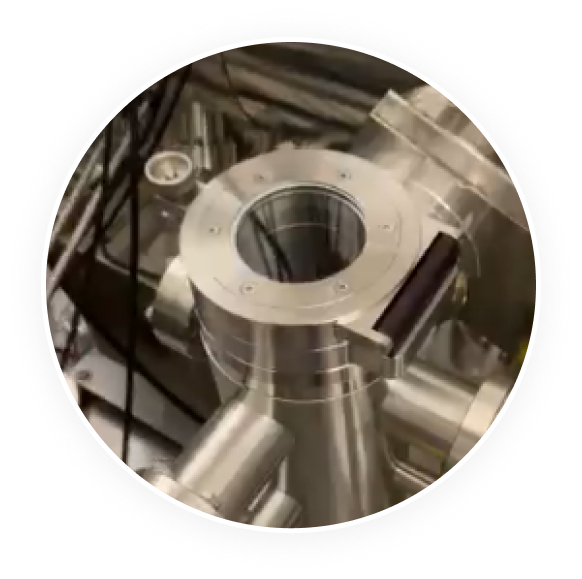Cluster 4
Quantum Information Science and Engineering (QISE)
Instructors:
Jairo Velasco Jr., PhD
UCSC Department of Physics
Ryan Baumbach, PhD
UCSC Department of Physics
Prerequisites: Chemistry, Pre-Calculus
Preferred: Physics, Calculus
Summary: We are currently in the midst of the second quantum revolution, a major paradigm shift that aims to fundamentally change the methods of encoding and processing information. This exciting and emerging effort, which occurs at the intersection of physics, chemistry, engineering, and materials science constitutes the field of Quantum Information Science and Engineering (QISE). This effort may lead to the creation of quantum computation devices, which will be exponentially faster than currently existing computers, and means of quantum communication that will be completely protected from hacking and eavesdropping. The methods of QISE are also broadly used for describing a broad variety of devices that display quantum properties, including but not limited to superconductive electric circuits, single-electron transistors and microscale-size crystals. In this COMOS cluster we will introduce the basic properties of QISE and demonstrate emergent applications from this field of research through lectures, invited talks from experts, field trips, and in-class activities.
All students in this cluster will be enrolled in the following courses:

Fundamentals of QISE Hardware
The focus of this course is to introduce the fundamentals related to the leading hardware
platforms that are currently being used for QISE research. Understanding these platforms
requires delving into the worlds of nanoscience and quantum mechanics. Lectures will thus focus on developing a background in these topics and with introducing the fabrication methods and information handling schemes for each of the leading QISE hardware platforms. By completing this course students will therefore acquire and enhance their fundamental physics background and use this knowledge to become proficient with cutting-edge research developments in the field of QISE. Field trips to state-of-the-art labs, hands-on experiments, and invited guest lectures from researchers in the field will provide students direct exposure to QISE research.
Merging Physics and Chemistry in QISE: Thermodynamics and Statistical Mechanics
This course will focus on quantum materials and will introduce the fundamentals of their
thermodynamic properties, both from the physics and chemistry perspectives. To do this, we will develop an understanding of the physics of large numbers of particles; whether they are atoms, electrons, or spins. Lectures will focus on basic thermodynamics concepts such as the fundamental meaning of temperature, entropy, and free energy; and will introduce principles of statistical mechanics to understand the microscopic underpinning of these fundamental quantities. Resulting insights will be applied to understand the behavior of crystalline lattices, magnetism, electrical conduction, heat conduction, superconductivity, and other emergent phases that appear in the solid state. Students will also learn how these same concepts are used in the design and synthesis of crystalline quantum materials. Field trips to state-of-the-art labs, hands-on experiments, and invited guest lectures from researchers in the field will provide students direct exposure to QISE research.



